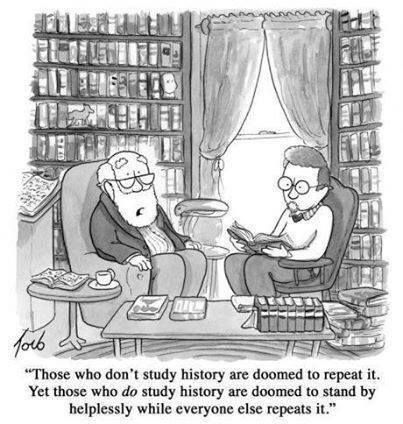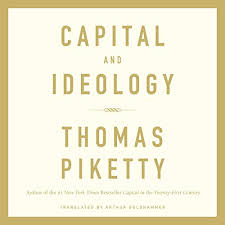Category: history
-

Review: William Dalrymple’s The Golden Road
William Dalrymple’s The Golden Road: How Ancient India Transformed the World is a monumental work of scholarship that seeks to recentre India’s role in global history, dismantling long-held Eurocentric narratives. While ambitious in scope and rich in detail, the book’s dense academic approach may prove challenging for casual readers, particularly those drawn to the more urgent contemporary…
-

Black Cat Cafe Fitzroy
In the haze of the late 1980s, I was transported from a yahoo Tasmanian town to the eclectic suburb of Fitzroy, Melbourne. Eager to wander the uncharted alleys of this bohemian city, little did I fathom that the Black Cat Cafe would emerge as my compass for extraordinary geographic and intellectual odysseys. An enclave on…
-

What is populist historical revisionism?
Populist historical revisionism is often criticised as being wrong for several reasons. First, it is seen as manipulating and exploiting the public’s emotions and beliefs for political gain. This can be on either the left of politics or the right. Populist historical revisionism often involves the selective interpretation and manipulation of historical events and figures…
-

Post-privacy and the digital self. Life-narratives through big data: why small data is beautiful
A talk I gave recently on ‘small data’ (or personal data) and the importance to curate and keep it for personal history.
-

Review: Thomas Piketty: Capital and Ideology
One of the most productive things I have done during Melbourne’s lockdown is read Thomas Piketty’s latest work, Capital and Ideology (Harvard University Press, 2020). It is undoubtedly not the most leisurely book to read, at 1150 pages, dense with footnotes, appendices, and graphs, spanning a three-hundred-year period, multiple countries, and the fields of economics…
-
![The death of a travel diary…[3/50]](https://www.craigbellamy.net/images//2014-12-07-20.56.47.jpg)
The death of a travel diary…[3/50]
An everyday discipline that I have had for the past 27 years (ouch) is keeping a daily ”travel diary”. I started this arduous task way-back in 1988 during Australias bi-centenary year. This first diary was a Christmas gift from my sister, embellished with pictures of koalas, kangaroos, gum-nuts, and celebratory bi-centenary images of Governor Phillip…
